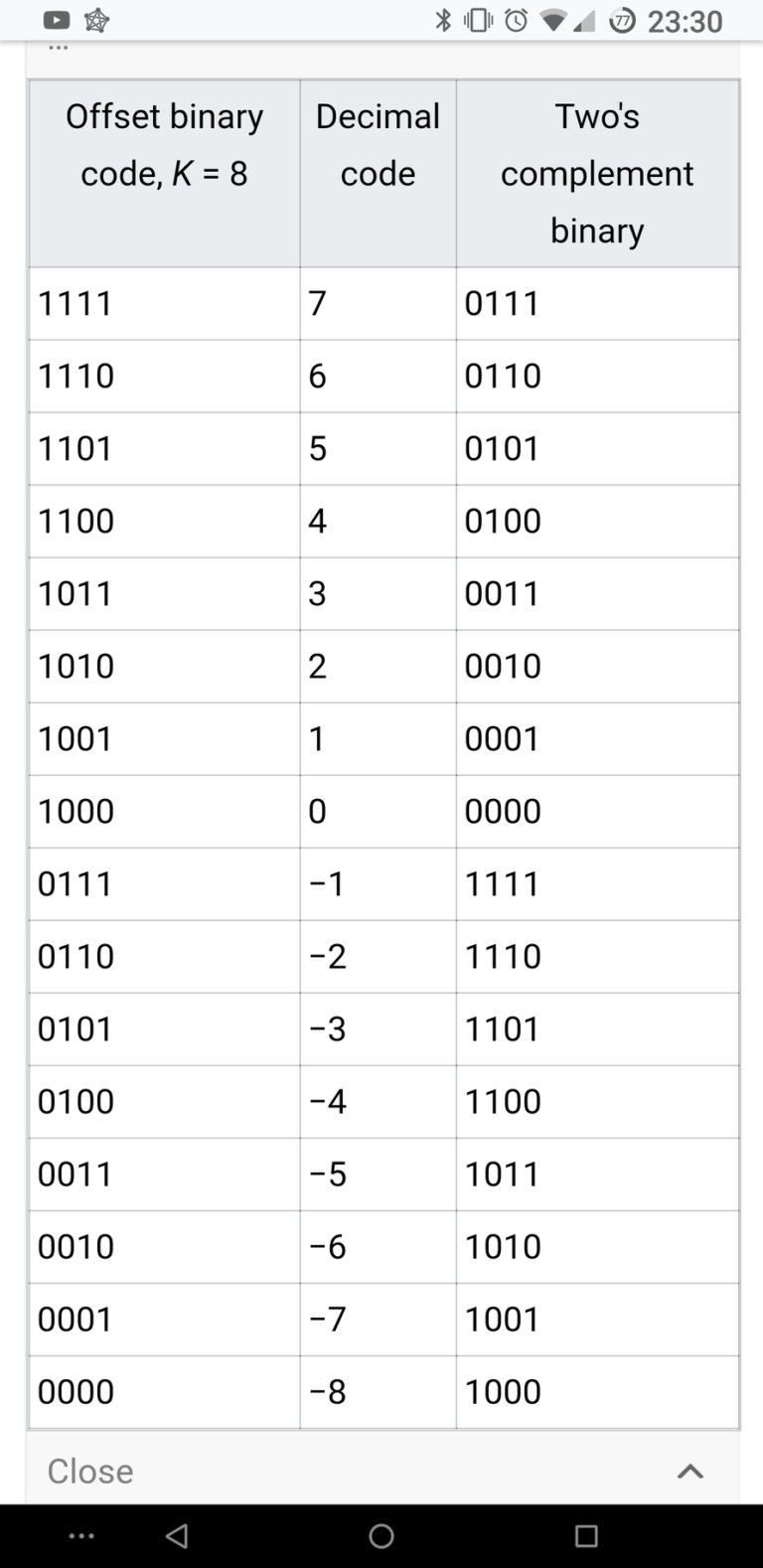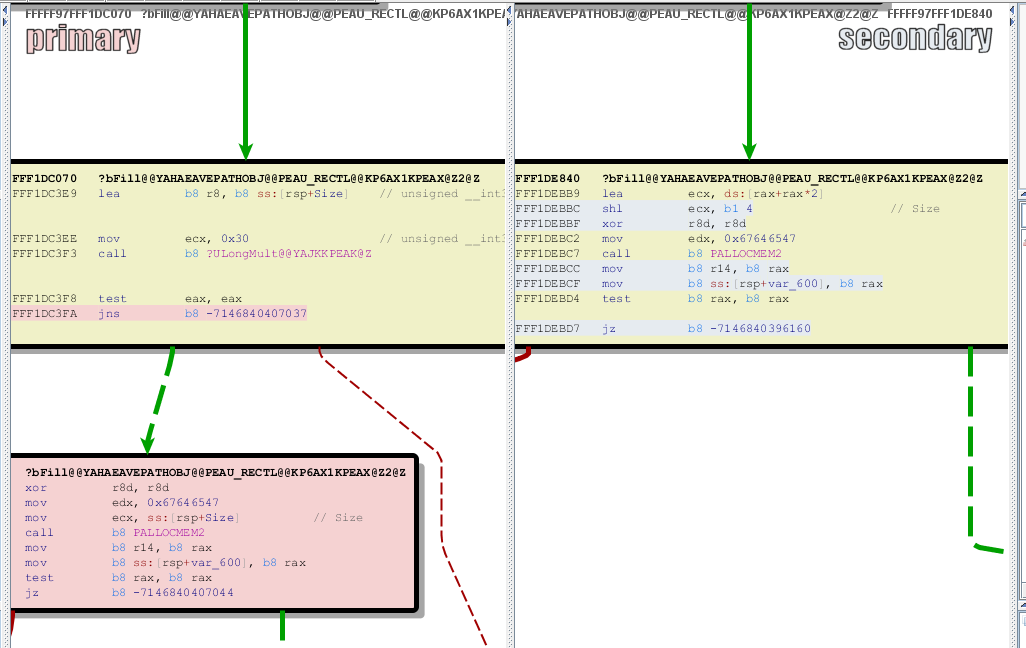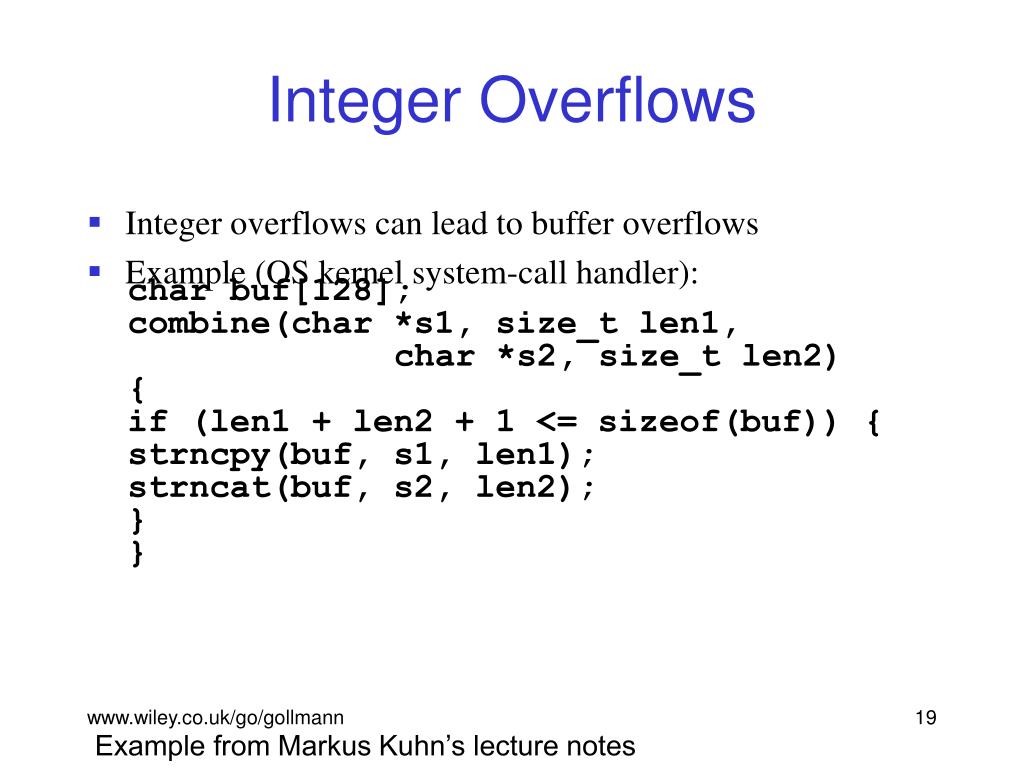

Also, making the loop end with while(x- >= 25) could also be a good idea :) Adding another 1 to this will result in 100.001 which again has the sign bit on meaning it is still negative.ĭeclaring c as unsigned would ensure c remains non-negative. When adding 1 to this number you'll get 100.000 which flipped the sign bit which will now result in a negative number. zero will look like 000.00, one like 000.01 and so on. A signed int will look like this in binary sign bit (0 for positive, 1 for negative) | 31 bits. Let's assume 32-bit int and using two's complement. This happens due to a phenomenon called "signed integer overflow". What many machines will do in this specific UB is to turn c negative, which I guess is not what you wanted.

Since c is a ( signed) int it means it will increment slowly to its max value, and after that the next increment would be UB (undefined behavior). 556–565.Your while condition will always be true, meaning the loop will run forever, adding 1 to c in each iteration.
INTEGER OVERFLOW SOFTWARE
Wang, Y., Gu, D.W., Wen, M., Li, H.M., Xu, J.P.: Classification of Malicious Software Behaviour Detection with Hybrid Set Based Feed Forward Neural Network. Wang, Y., Gu, D.W., Wen, M., Xu, J.P., Li, H.M.: Denial of Service Detection with Hybrid Fuzzy Set Based Feed Forward Neural Network. In: Proceedings of the 10th USENIX Security Symposium. In: Proceedings of the 15th Annual Network and Distributed System Security Symposium (NDSS), San Diego, CA (2008)Ĭowan, C., Barringer, M., Beattie, S., Kroah-Hartman, G.: FormatGuard: Automatic Protection From printf Format String Vulnerabilities. Godefroid, P., Levin, M., Molnar, D.: Automated whitebox fuzz testing. Gok, M.: Integer Multipliers with Overflow Detection. Gok, M.: Integer squarers with overflow detection, Computers and Electrical Engineering, pp. Lhee, K.S., Chapin, S.J.: Buffer Overflow and Format String Overflow Vulnerabilities, Sofware-Practice and Experience, pp. In: Proceedings of the 10th Network and Distributed System Security Symposium, NDSS 2003, SanDiego, pp. Wilander, J., Kamkar, M.: A Comparison of Publicly Available Tools for Dynamic Buffer Overflow Prevention. In: Proceedings of the10th Network and Distributed System Security Symposium, NDSS SanDiego, pp. Haugh, E., Bishop, M.: Testing C Programs for Buffer overflow Vulnerabilities. In: Proceedings of the ACM SIGPLAN 2003 Conference on Programming Language Design and Implementation, San Diego, pp. 322–335 (2006)ĭor, N., Rodeh, M., Sagiv, M.: CSSV: Towards a Realistic Tool for Statically Detecting all Buffer Overflows.

In: Proceedings of the 13th ACM Conference on Computer and Communications Security, CCS 2006, pp.

In: Proceedings of the 14th Annual Network and Distributed System Security Symposium, NDSS (2007)Ĭadar, C., Ganesh, V., Pawlowski, P.M., Dill, D.L., Engler, D.R.: Exe: Automatically Generating Inputs of Death. In: Proceedings of the USENIX Symposium on Operating Systems Design and Implementation (OSDI 2008), San Diego, CA (2008)īrumley, D., Chiueh, T.C., Johnson, R., Lin, H., Song, D.: Rich: Automatically Protecting Against Integer-based Vulnerabilities. Journal of Southeast University (English Edition) 25, 219–223 (2009)Ĭadar, C., Dunbar, D., Engler, D.: KLEE: Unassisted and Automatic Generation of High-Coverage Tests for Complex Systems Programs. Zhang, S.R., Xu, L., Xu, B.W.: Method of Integer Overflow Detection to Avoid Buffer Overflow. In: Proceedings of the 16th Network and Distributed System Security Symposium, San Diego, CA, pp. Wang, T.L., Wei, T., Lin, Z.Q., Zou, W.: Automatically Detecting Integer Overflow Vulnerability in X86 Binary Using Symbolic Execution.


 0 kommentar(er)
0 kommentar(er)
